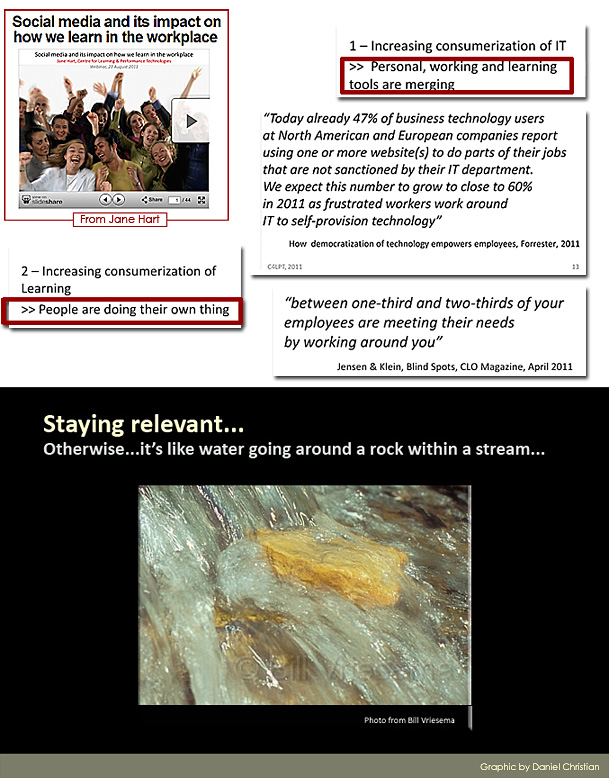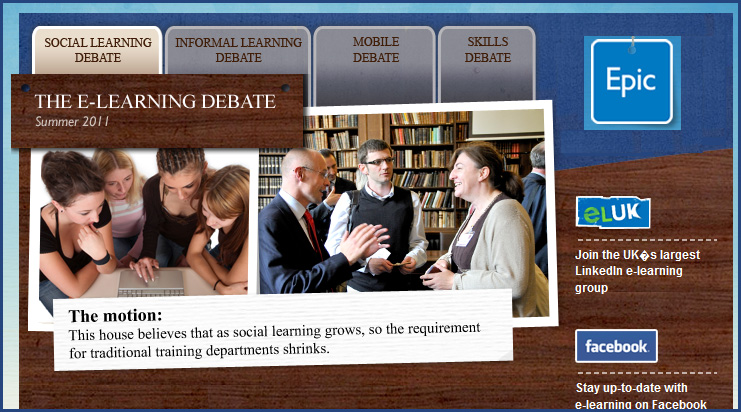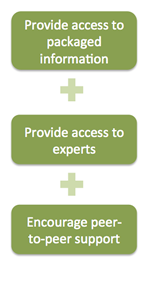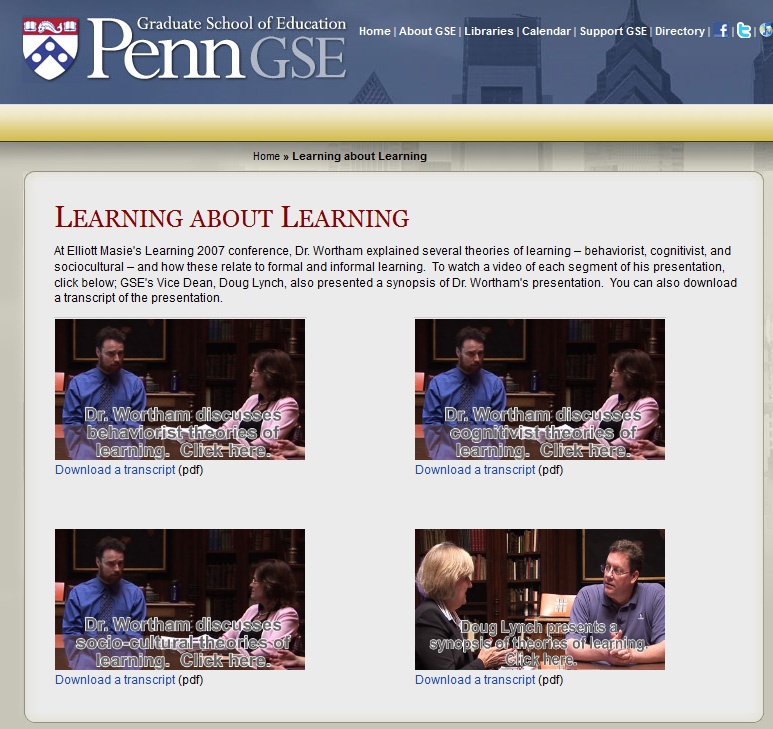Why mobile learning is the future of workplace learning [infographic by UpsideLearning; as found on wiredacademic.com]
From DSC:
Here’s a portion of the infographic that I want to highlight — look at how many streams of content are flowing by (perfect for building one’s own learning ecosystem!)
.
I would add augmented reality-based apps
to the on-demand and embedded areas as well…
.










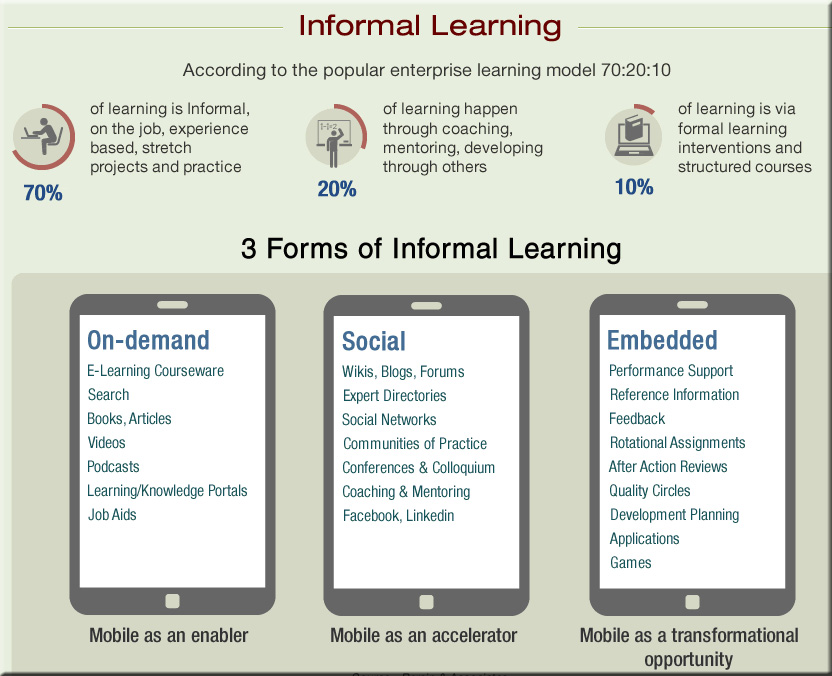
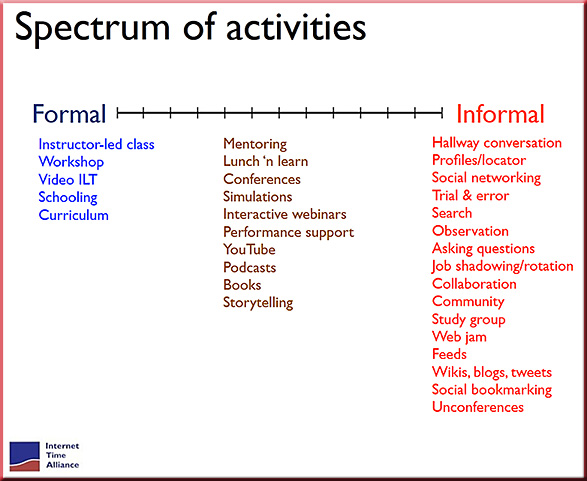

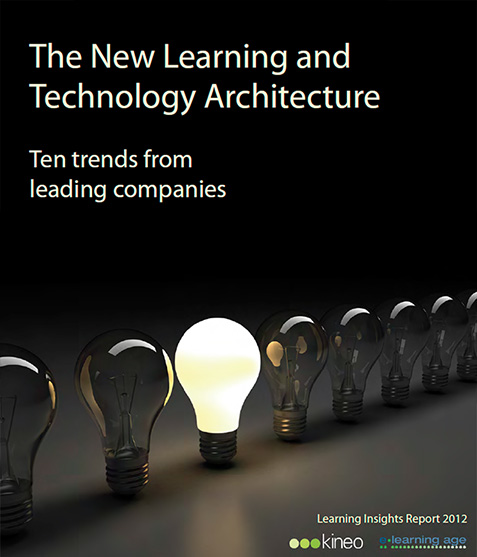
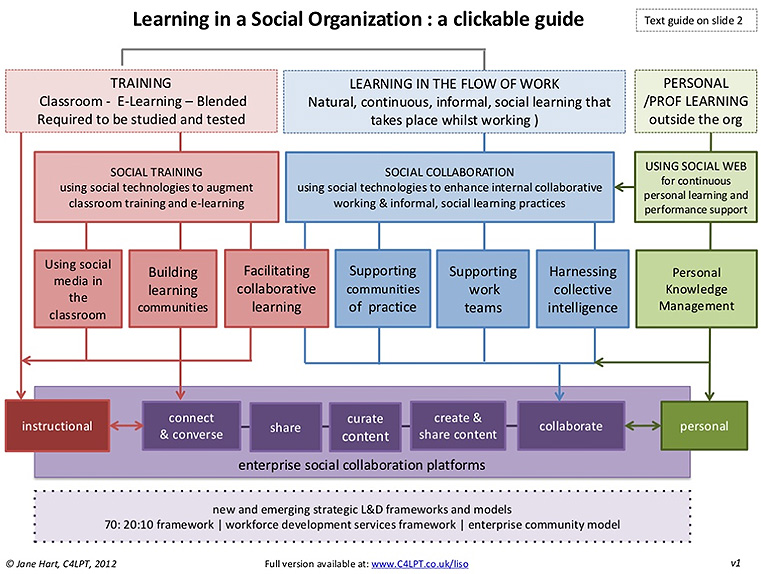
![Learnstreaming-DCallahan-Oct2011 Learnstreaming: Take control of your online informal learning experience [Callahan]](http://danielschristian.com/learning-ecosystems/wp-content/uploads/2011/10/Learnstreaming-DCallahan-Oct2011.jpg)
